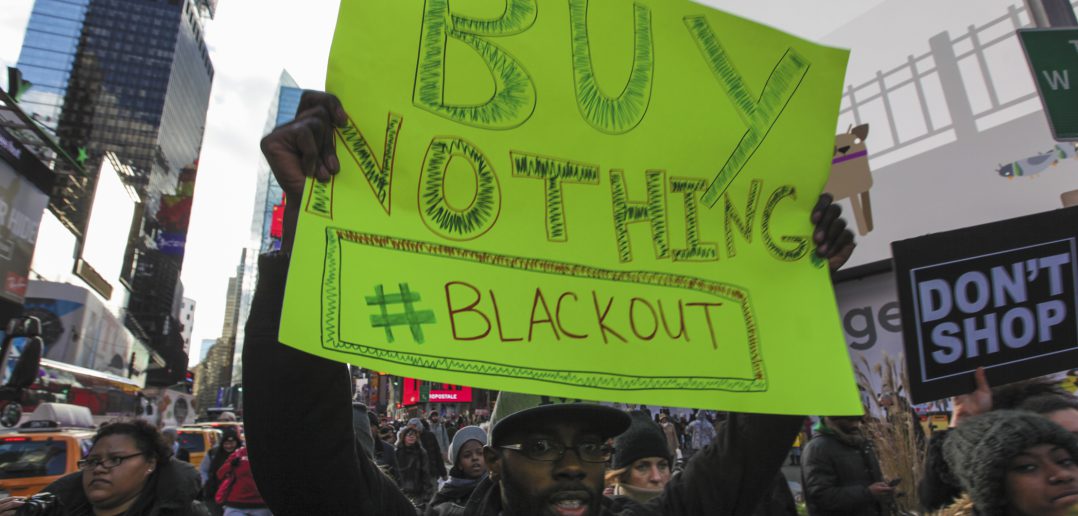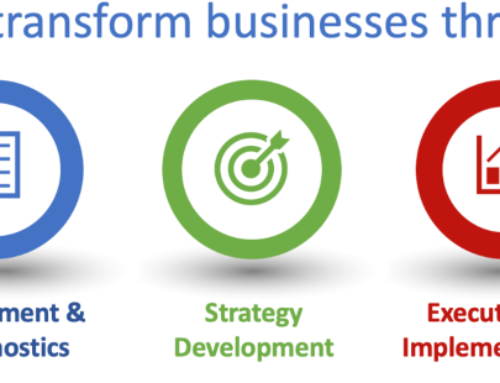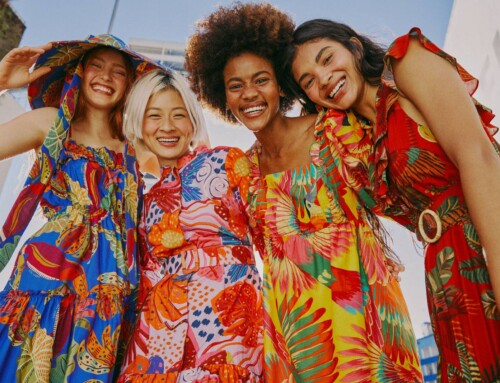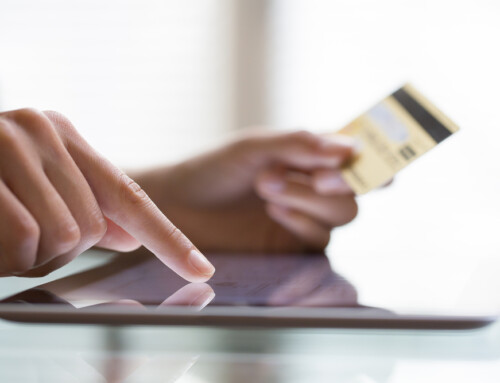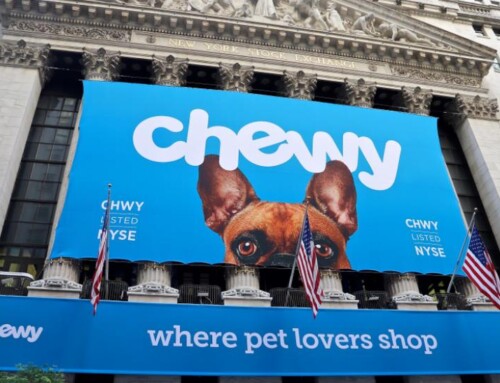Managing the reality of consumers protesting with their wallets
A quick game of word association, anyone?
What’s the first thing that comes to mind when someone says “Uber?” United Airlines? Chick-fil-A? Even, depending on how long one has been around, Tylenol?
Each of these brands has been threatened by a boycotting public for one reason or another. Polarizing political stances, inappropriate behavior and/or statements, safety issues, perceived deception, you name it. Numerous brands have inspired the kind of strong emotions in consumers that no one wants to experience. And with the ever-increasing pool of public and private figures under fire, there’s bound to be more indignation to come.
The challenge is that social media helps spread issues and passions like wildfire. But therein might also be a benefit: The flame that burns twice as bright, it’s long been said, burns half as long. Issues come, issues go and it doesn’t take long before something else appears in our feeds to strike another match.
“Social media provides a platform for people to have these conversations that didn’t exist 10 years ago,” says Barbara E. Kahn, a professor of marketing and former director of the Jay H. Baker Retailing Center at The Wharton School.
“But from what I’ve understood, there could be lot of negative activity on social media, and that doesn’t necessarily translate into changes in purchase behavior or sales.” Chick-fil-A, enduring its chief operating officer’s controversial stance against same-sex marriage in 2012, is a “great example,” she says.
“A lot of people were outraged, but some of them still went and had a chicken sandwich on the way home. I’m not saying that’s always the case. There are people who are more sincere about it. And it’s not that people’s beliefs are superficial. They can be deeply held beliefs. But it’s another thing to really change habitual behavior.”
As Millennials continue to grow in influence, the landscape of boycotts and their impact on purchasing behavior may shift.
Timing, transparency and loyalty
This past year, emotions were frequently stirred by one name: Trump. Consumers were urged to boycott retailers who carried the clothing line of presidential daughter Ivanka Trump, and some claimed her father has helped foster a more easily whipped-up social media environment overall.
“With
So why do some brands survive boycotts and negativity, while others go down in flames? Many factors play in, the experts say: timing, transparency, loyalty, a willingness to own up to mistakes and, in some cases, the nature of the issue.
YouGov, an international internet-based market research and data analytics firm, discovered in 2017 that two-thirds of adults in the United States support boycotting a brand over politics. Between November 2016 and February 2017, according to YouGov, 31 percent of U.S. adults increased their level of support for a specific cause. The causes at the top of the list were immigration, women’s rights, diversity and inclusion, education and the environment. Fast Company reported in November 2016 that interest in Ivanka Trump’s brand dropped 54 percent in the first few weeks of the related #GrabYourWallet boycott, and a number of retailers did stop carrying the brand.
“The decision about Ivanka Trump was driven in a confluence of emotion between consumers on the one hand and on the part of the management of companies on the other hand who are somewhat like-minded to the sensitivities around her brand,” says Steve Goldberg, president of retail consulting firm The Grayson Company.
That boycott was about the place, time — and person — rather than product.
Other brands, however, have faced the need to rebuild trust when a product or service goes awry. Think of Tylenol, which faced consumer concerns about its safety in the early 1980s thanks to high-profile tampering and seven deaths. The company acted swiftly and openly, issuing a large-scale recall of 31 million bottles, offering free replacement products in tablet form and coming back with tamper-proof packaging just two months later. The incident set the standard for recalls of other brands and products that followed.
Now, Goldberg says, “We see it every season in the toy industry or the kids’ product industry. It’s important for companies to use all the tools and make sure they’re shouting it loud and clear. Where there’s brand impairment, or the brand is being associated with something bad that has happened, the company has to step up and own it.”
Seizing the moment
A little brand loyalty doesn’t hurt, either. In recent years, Blue Bell ice cream was plagued by consumer infections and deaths related to Listeria in its products. The company was criticized for the rate at which it responded to the issues. But the Texas-based brand maintains a solid following, rather than facing a boycott.
Then there’s United Airlines, which did face a boycott by an outraged public last April when video showed a passenger being dragged off an airplane.
“Has that had a lasting effect? Absolutely not,” Goldberg says. “Why? Because people, skeptics and cynics, anybody who flies an airline, it doesn’t matter who, they all hate every airline. United took a hit for a little while, but consumers don’t have a lot of choices in that regard. United Airlines is a pretty good example of really bad behavior, and a really bad response, that had some initial impact, but didn’t last.”
All other things being equal, brands wanting to survive a temperamental public today must offer something unique.
The level of impact, he says, is situational. “If you think about an X axis and Y axis of responses, some are emotional and some are about expediency. If you look at the political climate, that’s way too complicated to even try to rationalize. If you look at United Airlines, that’s about expediency, because those choices are quite narrow.”
Those “choices,” however, can change over time. Uber, for example, came under fire at the start of 2017 for sending drivers to a New York airport during a taxi-driver strike. The strike was in protest of the Trump administration’s travel ban for nationals of particular majority-Muslim countries, and many consumers were not pleased.
“With Uber, two years ago, when it was really hot and emergent, maybe consumers didn’t think they had a choice,” Goldberg says. “Today they have a lot of choices, and can vote those choices quite easily. Impact flows around those axes and sets of considerations, whether there are choices or not, and whether people can make those decisions.”
Kahn notes how Lyft seized the moment of Uber’s downfall with price promotions and other tactics. “They aggressively took that opportunity and I think people responded to that,” she says. “You might feel one thing about a company, but if there’s no alternative, it’s harder to respond. If a competitor comes in and offers a reasonable alternative with the right political values and it’s easier to do it, why not?”
Positioning around purpose
Uber and Lyft bring up the challenge of ease and convenience versus buying elsewhere for a different experience. All other things being equal, brands wanting to survive a temperamental public today must offer something unique. It may be found in a clearly defined purpose, something that helps consumers offer the benefit of the doubt even when troubles come.
“When you choose to position your brand around a purpose, it’s intrinsically about who you are,” says Mitch Duckler, managing partner at brand strategy consulting firm FullSurge. “And if you chose that path, you need to remain true to it. There are pros and cons to purpose branding. Your purpose is not going to appeal to everyone and you may very well alienate someone who cannot relate to — or even objects to — your purpose. You have to be willing to accept that.
“But in reality, it’s not that different with traditional branding. Even when your positioning is more externally based, you identify a target segment and a positioning that appeals to it. In doing so, you’re probably alienating another segment — or at the very least, not appealing to it. At the end of the day, branding (whether purpose-based or more traditional) requires you to make tradeoffs and to not try to be everything to everyone.”
In terms of weathering the storms, Duckler believes the establishment of a strong brand is akin to “making a deposit in a bank account. You have positive equity that can help get you through difficult times.” One of the reasons BP survived the 2010 Deepwater Horizon oil spill and is still around today, he says, “is because it had built up so much goodwill with its brand over the years, especially around its concern over climate change.”
Social media and the internet may allow bad news to spread more quickly, but they also make it easier than ever before to develop positive relationships with consumers, rather than just transactions. In some cases, that means being willing to step out and make statements — even if they won’t be accepted by all consumers. Kahn believes businesses are being asked to be corporate citizens of the world in ways they previously haven’t.
“That being says, it makes good business sense to stay away from things that are polarizing,” she says. “You have to be business-first. You can say the right things, and I think people are expecting CEOS to be aware of that and not have their heads in the sand.”
Goldberg adds that many companies have aligned themselves with good causes, and are able to connect with customers and consumers on those levels. “They recognize that consumers feel good or like it when the company they’ve patronized is doing something right or something good,” he says. “That’s a real thing.” Here, he mentions Tom’s of Maine, which has built loyalty through transparency and use of naturally sourced ingredients.
Influencing behavior
YouGov’s recent report, “Taking a Stand: Brands, Social Good & Consumer Expectations,” points out a difference between Millennials and Baby Boomers when it comes to companies taking a stand on social issues; half of Millennials approve of taking a public stance, but only 27 percent of those aged 55 and older do. Millennials in particular believe concern for the environment is good for business.
As Millennials continue to grow in influence, the landscape of boycotts and their impact on purchasing behavior may shift. For now, however, it appears that even after a boycott, many consumers will return. If they don’t, it’s still not so easy to pinpoint the reasons why.
“There are some things that are hard to recover from, and it’s difficult to test that hypothesis, because there are so many things going on in the marketplace,” Kahn says. “It’s hard to say they didn’t come back because of that, or because it was just easier to shop online with Amazon. When you think of an ordeal and Amazon just seems easier, it’s kind of a no-brainer to go there. Retailers try to give you a reason to buy from them rather than on Amazon, whether it’s brand identity, or building a customer experience in stores, or improving quality of life. How all of that intersects when there’s a boycott is just so complicated.”
Goldberg does believe that consumers might be influenced to behave differently in the long term.
“I’m waiting to see what happens in movies, with those that have Harvey Weinstein’s name on them,” he says, referring to the disgraced film producer accused of sexual misconduct by a large number of women.
“Most consumers aren’t so aware of that. They’re aware of the star, and not the producer so much, but when the star falls out of grace, or somebody has done something, that’s when we really have our radar detectors up. Does that cause consumers to say, ‘I’m not going to spend my money and patronize those movies?’ I don’t know. But the same will be true of companies.”
Fiona Soltes, a freelancer based near Nashville, Tenn., loves a good bargain almost as much as she loves a good story.